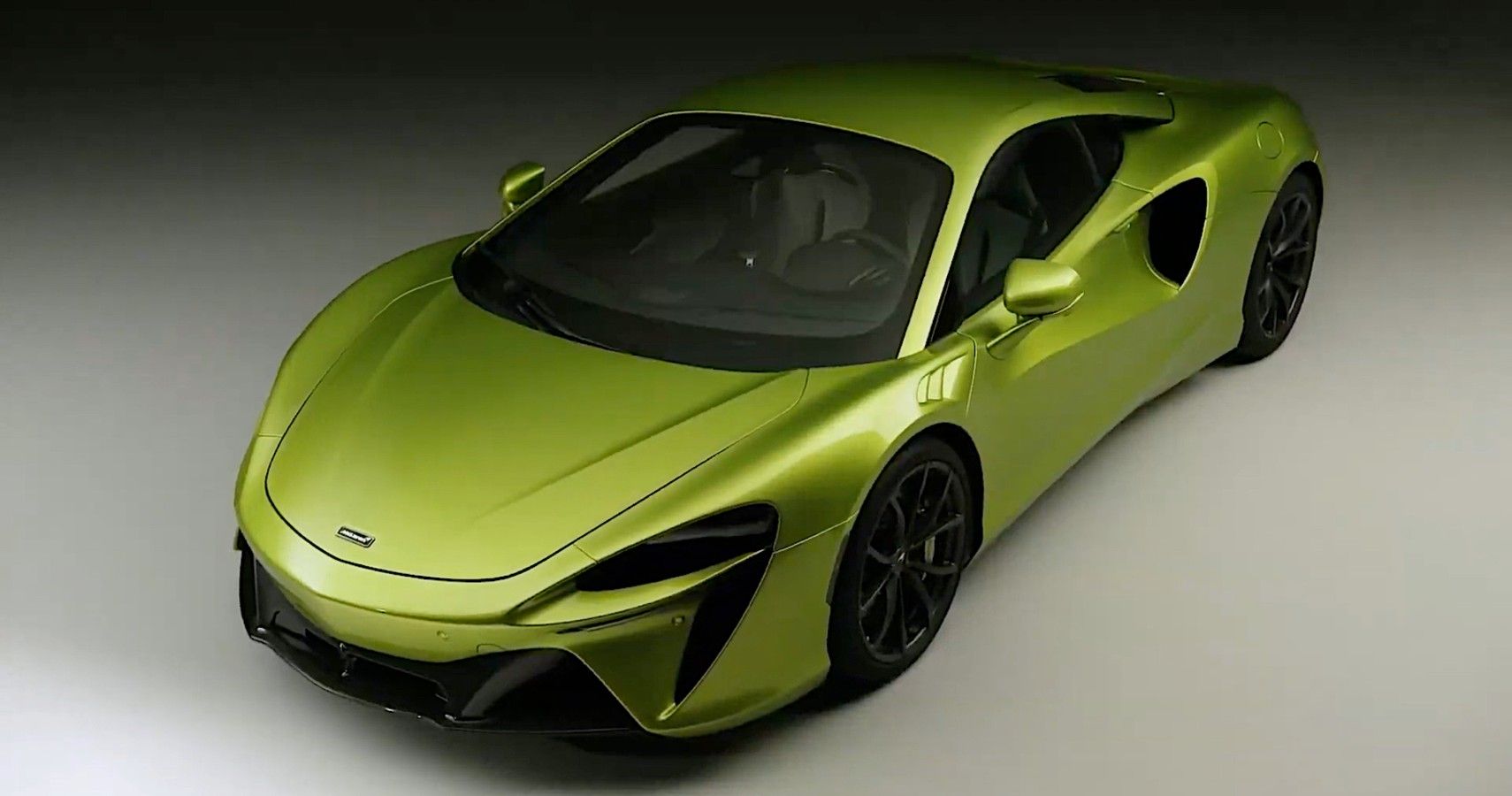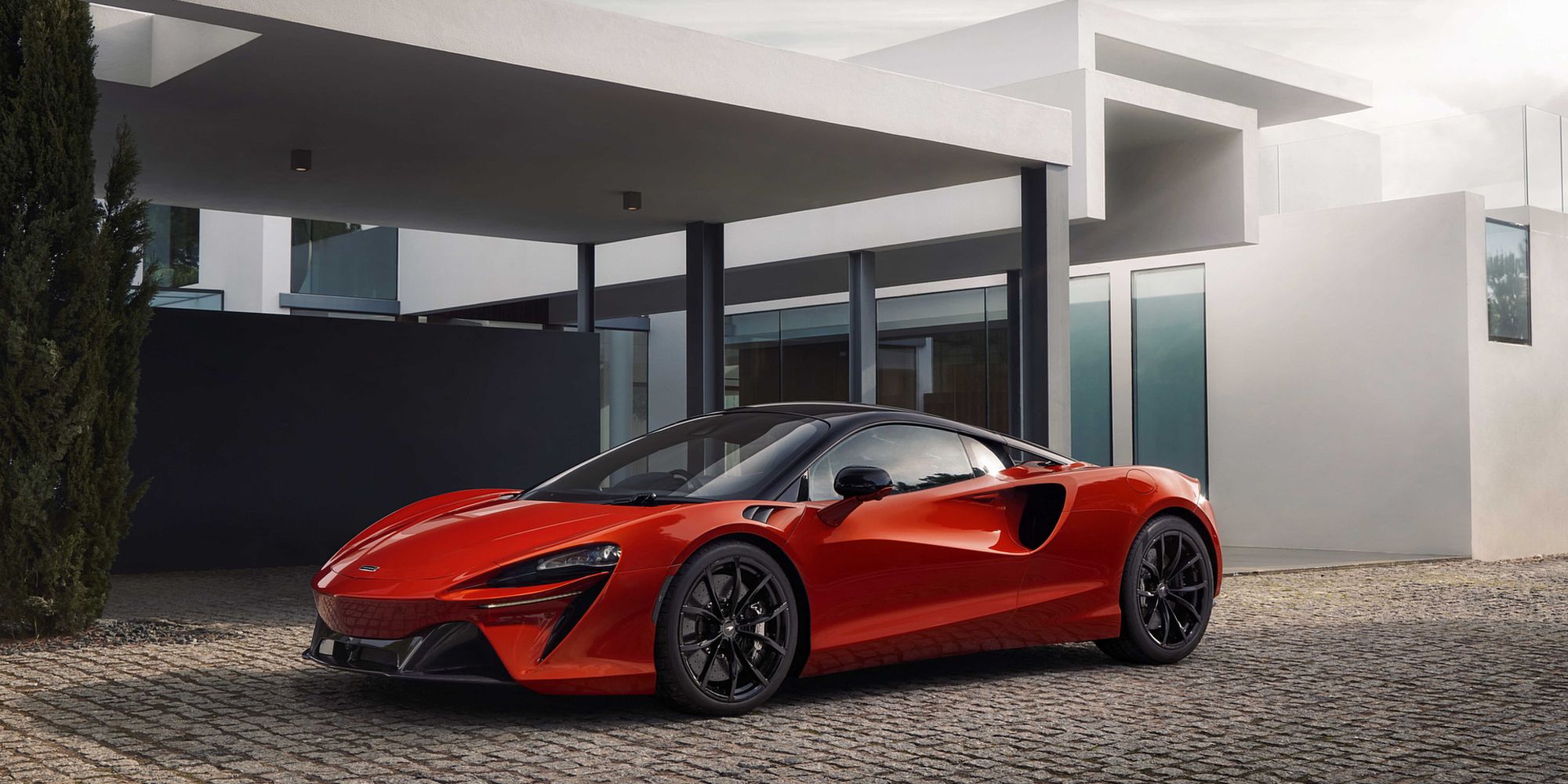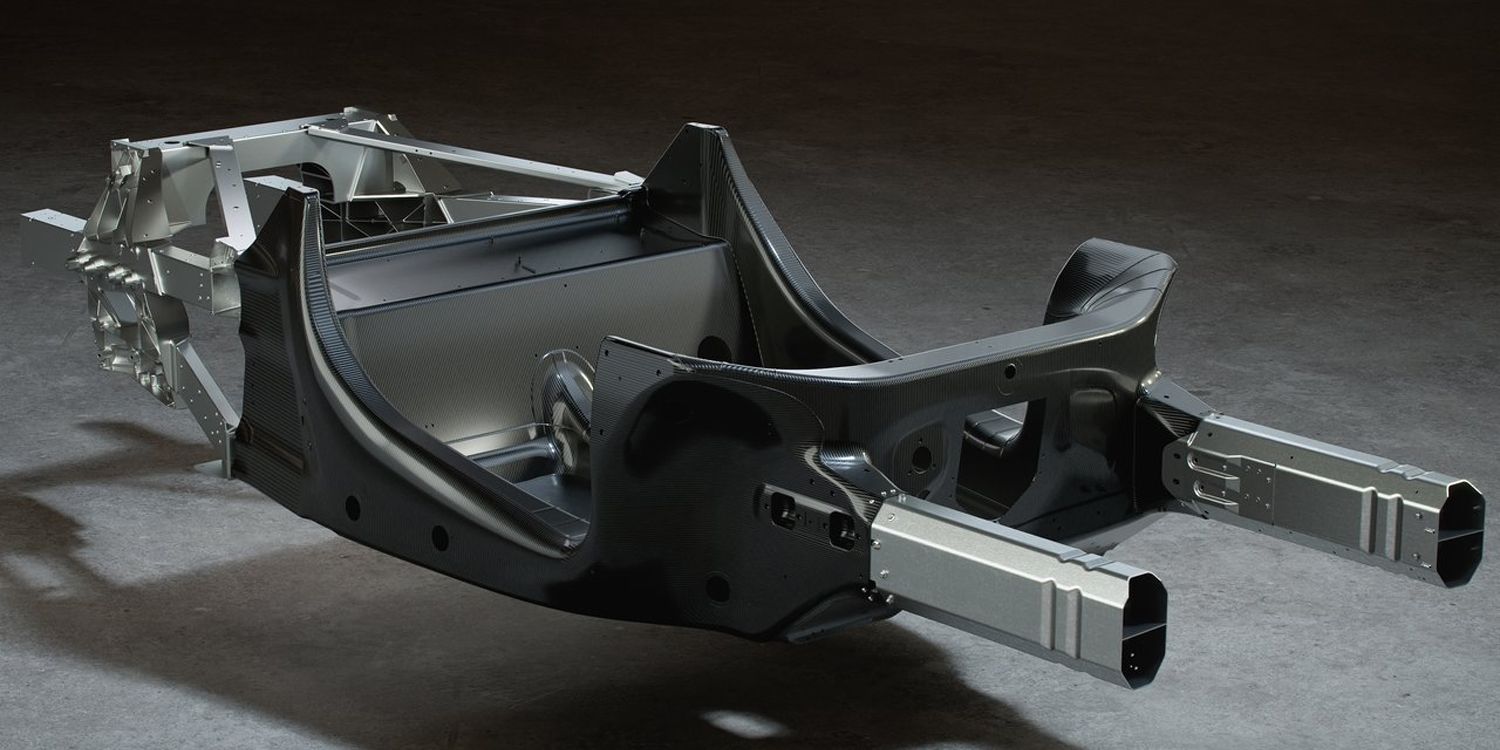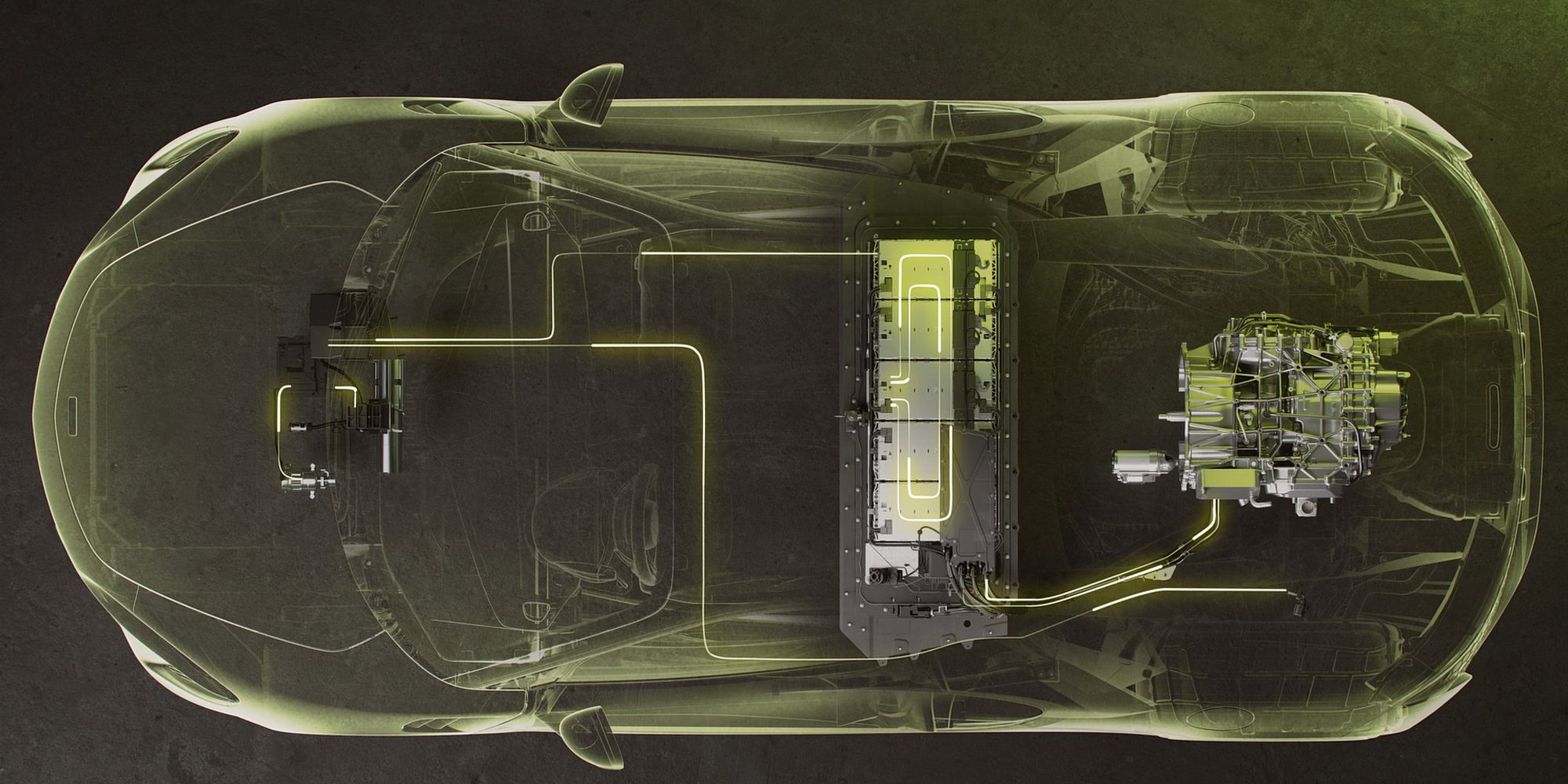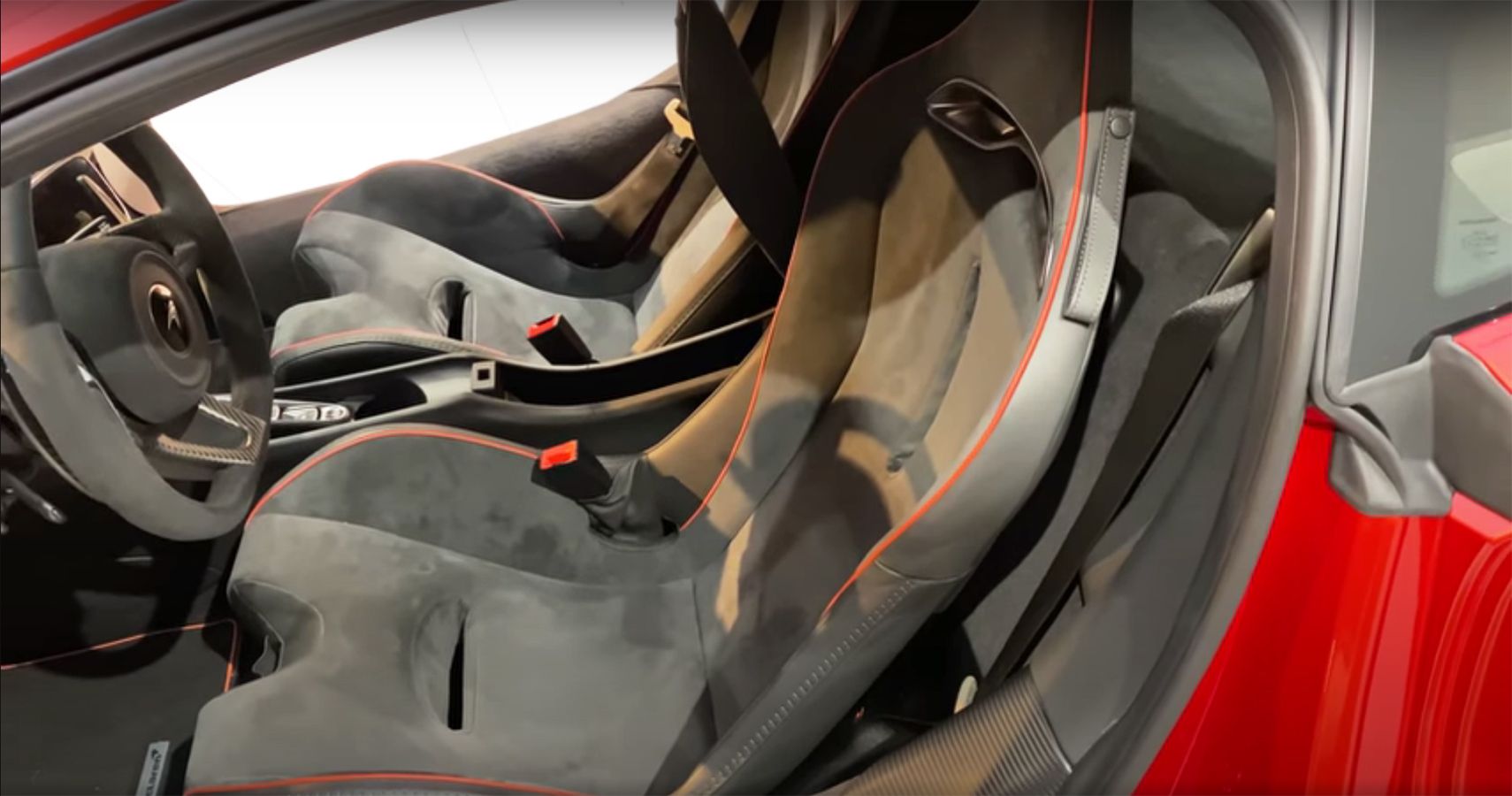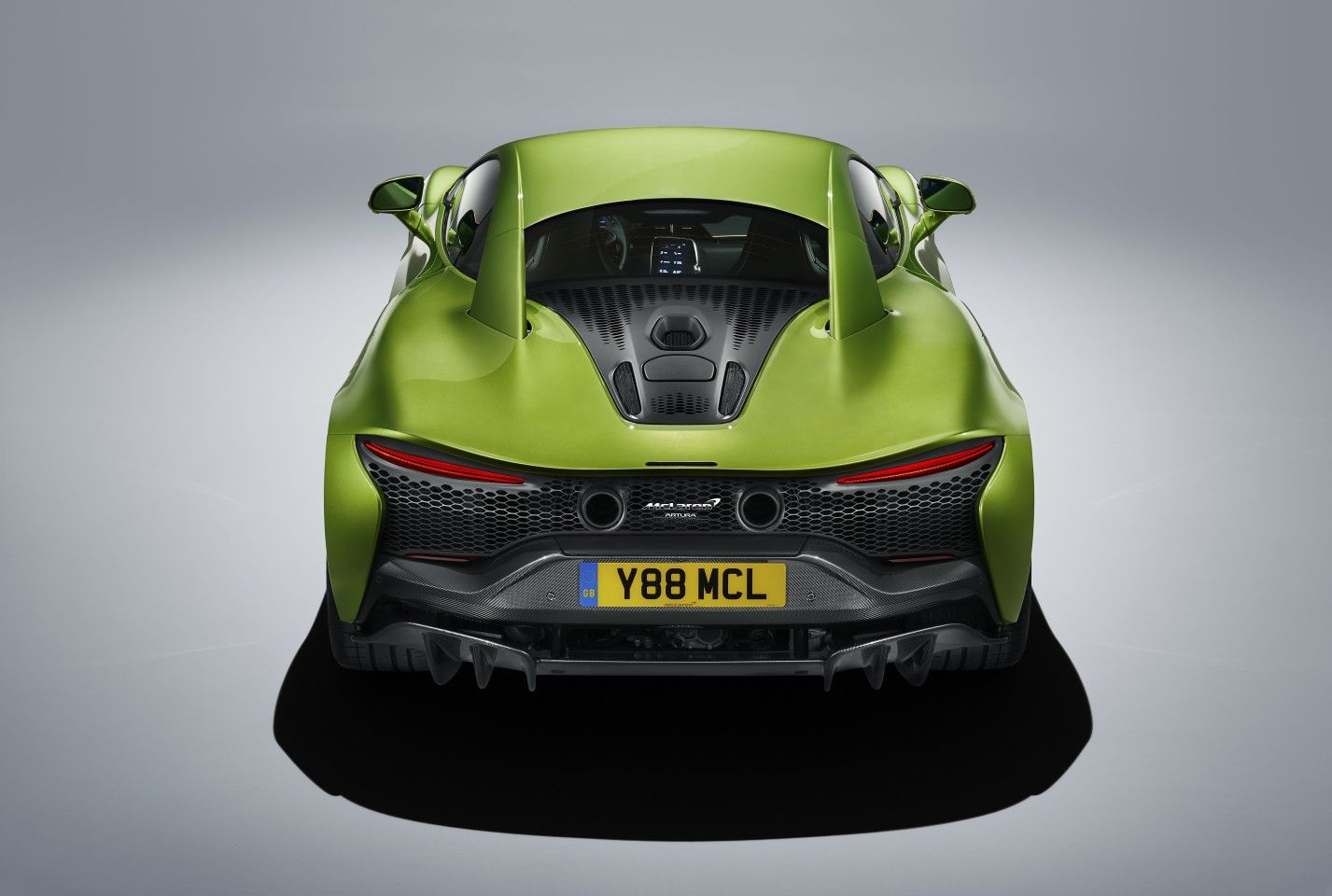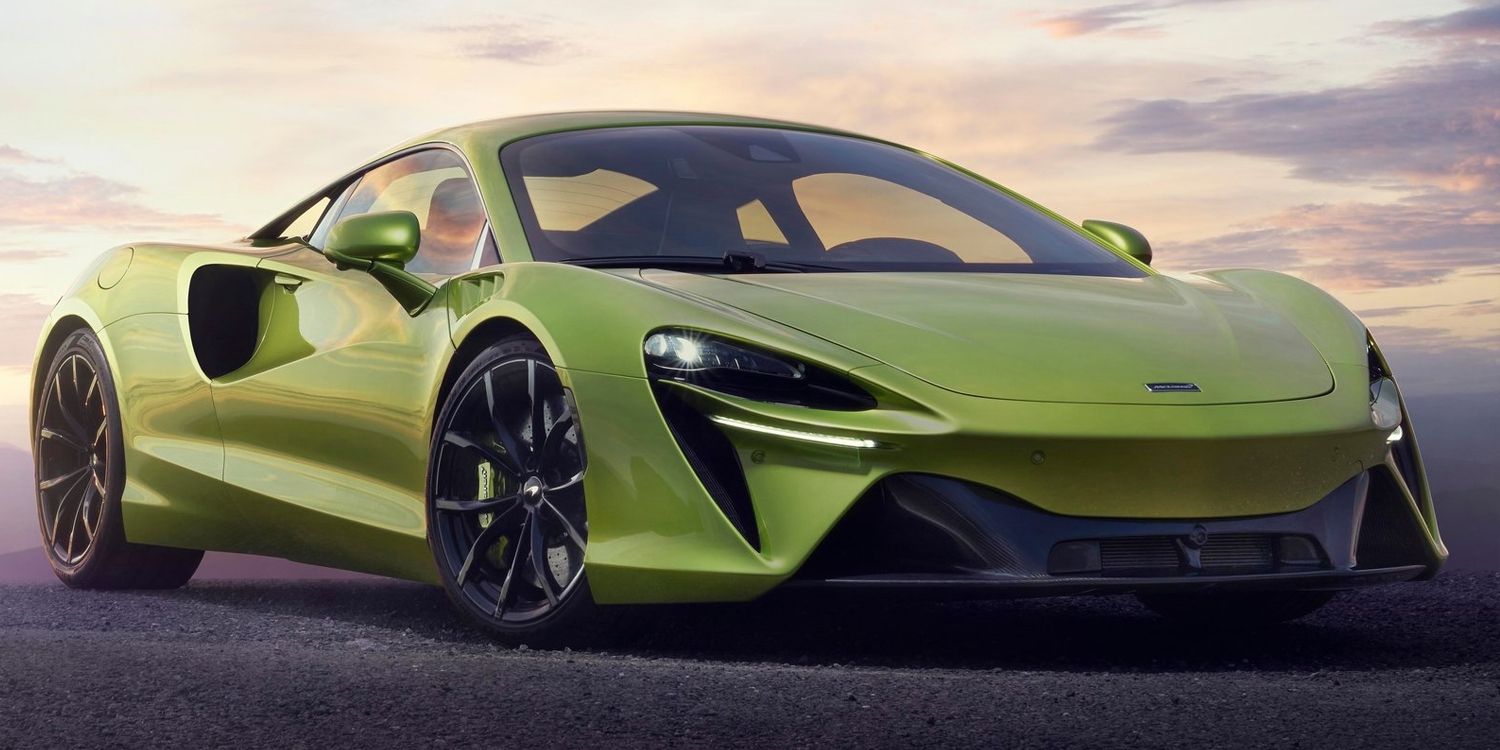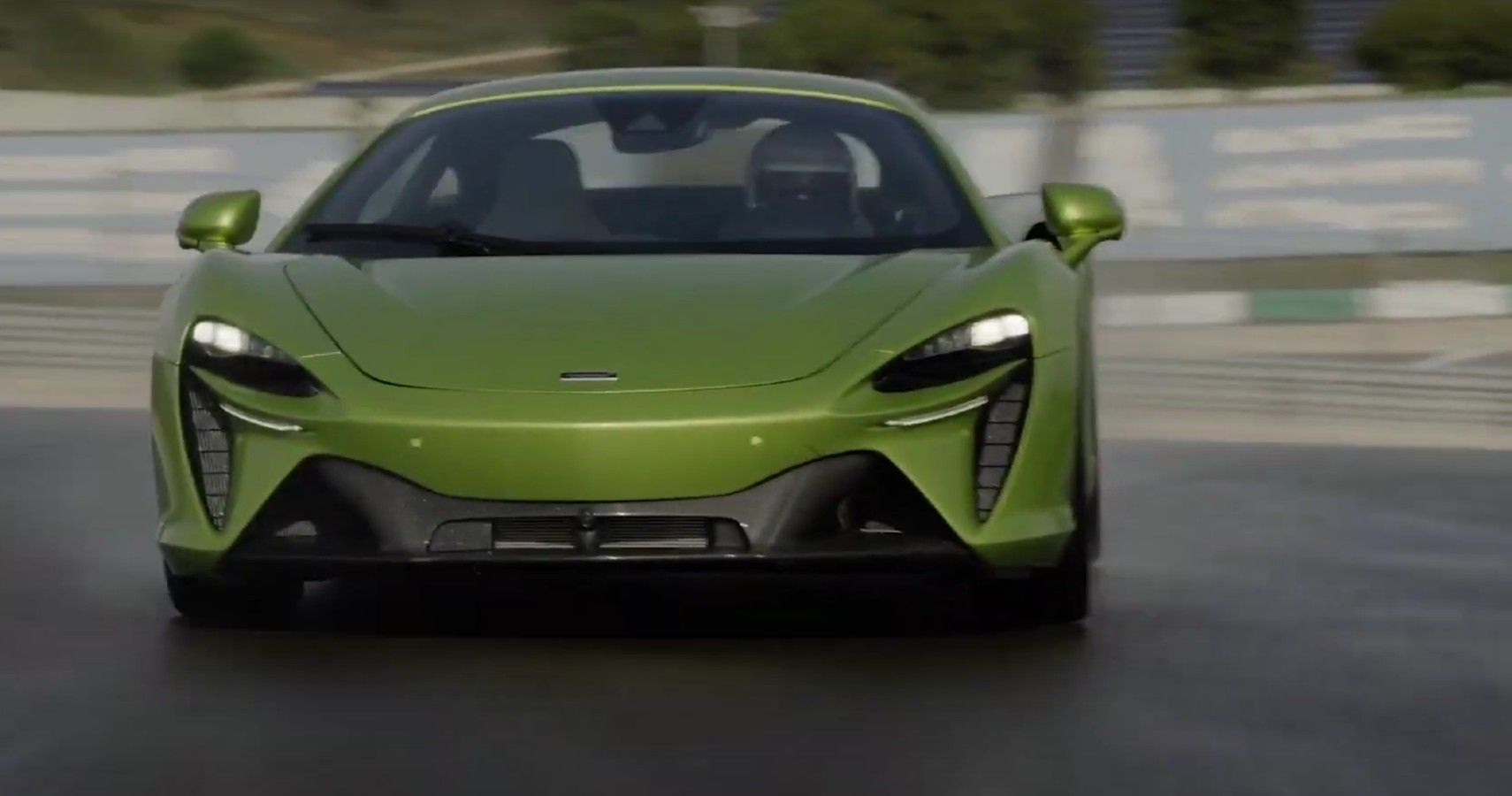With the release of the all-new Artura Supercar, McLaren is taking the lead in a sea-change in supercars. Not long ago, a giant fire-breathing V12 was the only acceptable answer when someone asked what type of power plant the next great supercar would have. Diminishing returns resulted in power adders like turbocharging to ensure that steps forward were notable. Still, the writing is quite clearly on the wall for gargantuan internal combustion engines.
Electric vehicles like the Tesla Model S and Porsche Taycan have proven that they can also be very fast, but they fall on the other side of the coin. Battery packs weigh quite a lot, and no amount of aero or clever packaging can allow them to keep up with bonafide lightweight supercars.
Then there’s the McLaren Artura, a car that’s balanced between these two extremes in a way that previous hybrid supercars have never been able to manage. Recently, HotCars sat down with Geoff Grose, the Head of Vehicle Development and Chief Engineer at McLaren to learn about himself and how the Artura manages its incredible balancing act.
To understand one of the brains behind the brawn that is the new Artura we asked Geoff about his automotive influences. It turns out that the beginning of his automotive journey isn’t all that unfamiliar to most of us.
I learned to drive on tractors… Land Rover was the first car that I drove. The first car I ever bought was a Triumph Dolomite. It wasn’t the Sprint, the iconic one, because I couldn’t afford the insurance for it as a kid. It looked the same and then probably the car that’s influenced me most personally has been the original Fiat 500. I always owned at least one Fiat 500 for the last, I dunno, 30 years.
I worked at Lotus before I came to McLaren and drove various Lotus Elise’s as a daily driver. As anyone who’s worked at lotus (will tell you), they have a strong sort of emotional attachment to those cars because they’re fun, they’re pure and that’s what we’ve tried to bring to the supercar world with the growth of McLaren more recently. So I joined McLaren a long time ago and have been on that journey since the (MP4-)12C.
We then inquired about the Artura and how Mr.Grose’s experience at Lotus might have bled into the DNA of the new McLaren.
Obsession about light weight. Performance should be light weight. The Fiat 500 has 18 horsepower but it’s still a car and can get from A to B. So what we tried to do starting with the 12C… which came with a downsized engine in that supercar market at the time… to go under 4.0-liters just seemed quite a big step. Lots of cars in the supercar market were 6 (liters) plus.
Part of having the freedom to go with a smaller motor was the use of carbon components like the tub and frame. Now with the Artura, McLaren is taking a new approach to that part of the construction.
Coming to the Artura we've brought the ownership of that fully in house, where we always designed those structures and the process to make the cars... we never actually did the manufacturing... and the journey with the Artura has been to say Let's bring that production of the carbon structure back in house... so that we can work on everything...a complex thing but it also means there are great opportunities for optimizing the structure.
As enthusiasts, it's clear to us that Mr.Grose has a job that many have daydreamed about and so we asked what he would tell those who are working hard to get into the same field.
I meet people who are starting out in their technical journey now... I guess I do remind people that you know you can do great engineering in companies that don't even have a grand name above the door. Don't worry about where you're starting out... worry about what you're doing yourself and what you enjoy and see where that takes you. Maybe it takes you somewhere like McLaren or some other big-name car company.
Clearly dominating the level you're at leads to more success and when it comes to advancement we've seen McLaren change from using numerology nomenclature like the MP4-12C and 650S to specific names like the Senna, and the Speedtail. We wanted to know what drove the team to the name Artura.
It's a synthesis of the design and technology so the art of the design and technology. Kind of at the heart of what we do in this part of the market is creating a car that has this amazing performance but also it's got to look great, it's still a beautiful thing. It's still got to be a beautiful design, nobody has to buy one, they have to want it. The greatest cars are always beautiful as well as all the other things. That collaboration is in the name as well.
As a result of that excellent combination of art and design, the Artura is probably the most comfortable/livable supercar in recent memory. In fact, it's the first McLaren to have adaptive cruise control and has other luxurious features like lane departure warning, reclining Clubsport seats (an option), and the axle lifter button has been relocated to the dash for easier use. Was that always the goal or was it during development that the team decided to focus more attention on that facet?
Creature comforts come as an expected thing, and you think of the other cars our owners will drive, so some of it is expected there. We're still coming at things from a different angle. We obviously start with the design around the driver and the position of the driver in the middle of the car as low down as possible so that's the starting point.
So we start with the basics. Our cars have a characteristically low cowl on the windscreen and side windows even though you're already quite low in the car. We don't have blind-spot monitors for instance but we have great 360-vision around the car. We think about where we put the b-pillar and where we put the buttress so that we can make sure that over-the-shoulder visibility is right. We moved the door mirror a bit from where we had it previously because we figured we'd get it a little bit lower and that was slightly better for visibility and it also helped with the airflow for cooling.
Adaptive cruise and stuff, it's a great feature. What we've done for the first time too with the Artura is what we call a Clubsport seat, which is a single shell tilting seat. The mechanism keeps you in the same place. You don't tilt it and then have to adjust and change your steering wheel. Your feet and hands will stay in the same place while you tilt. Because as you tilt you also go higher as well, it means that you can see more clearly because you're parking or whatever. I think it's a great feature.
One notable performance feature that has never been seen before is the "Heat Chimney" on the rear engine cover. When did the heat chimney come into the design? Does it serve any other functions?
What we don't really want to do is have all that heat move all around the engine bay and then have to put shielding on this, that, and the other. Everything has to be protected. We do a pretty good job of that on our current cars where we have the turbos and manifolds on the outside of the engine but we figured with this, we've got this really compact design with the hot-V with the arrangement of the manifolds and turbos concentrated there, let's get it up and out of the car as quickly as possible. Actually, you can evacuate that heat straight out of the car, it doesn't get a chance to spread around the rest of the car, it makes management in the rest of the area easier and that ends up saving weight. It seemed like an efficent way to do it.
Isn't it interesting to think that simply allowing the heat to evacuate as quickly as possible also saves weight? That's not what I expected but it demonstrates how much weight savings played a role in the development of this new McLaren. That ability to keep the weight down might have been less important to another company once they realized that their engine was going to make 670 horsepower like the Artura. We wondered if McLaren ever considered routing all that power to four wheels instead of just the rear two.
For this car, we started to go for two-wheel-drive. We had the performance we needed to get without the extra weight of the four-wheel-drive system for the power we were targeting. Tires are developing all the time, so each generation you get more grip for the same contact patch. We think we can bring in this extra power and this extra grip and it will all work well together. It's a really quick car.
To make it such a quick car McLaren had to make multiple new innovations so we wondered if there was a single feature or design element that held a special place in Geoff's heart. Turns out he couldn't pick just one so he chose two.
What we're doing with the structure, the carbon fiber development, and the opportunities that opens up for us having control of the supply chain right to the raw material. I'm really excited about where we're going to go with that now. That's going to be fantastic for us. It's like a stepping-off point for that.
I think also the hybrid technology. The integration of electric drive in this segment but also recognizing what people want in this segment which is engagement, excitement. It's got to be a fun car to drive, got to have high performance, you need light weight for that. These things have traditionally been a little bit set up in opposition to each other. We think we've got something which is the starting point of a journey.
Despite those leaps forward, there have been some in the media who have said that they feel like the Artura is more of an evolution of the 570S than it is a revolutionary new car. So we wanted to get Geoff's take on that viewpoint.
It's pretty revolutionary for us. It's the biggest step we've made since the 12C. With the 12C we were building the whole company from scratch... we've made a big step forward in build quality and all these areas that we keep working on. Obviously, there are many features of the carbon fiber structure that look familiar because they work really well. But recognize that it's under the skin that' it's completely different and re-optimized. The car is still going to look like a McLaren, that's important too.
Finally, the question we had was, how does McLaren continue to progress? What's next for the premier British supercar maker?
We're going to keep the driver focus. Let's get cars that are great cars to drive. Make intelligent use of the technology available and what can we do distinctively because we're willing to make that stuff happen. With this new platform, I think we've got lots of interesting areas, stepping off points for the new chapter.
We at Hotcars are deeply excited to see what those next steps are. The Artura beautifully represents what could very easily become the next foundational step for many in the car industry. It blends both EV technologies with an incredibly powerful combustion engine without carrying the bloat that most EV packages do and without spewing carbon dioxide in the same way that big inefficient engines do.
We'd like to thank both Mr.Grose and McLaren Automotive for taking the time to sit down with us and let us peek behind the curtains a little bit. We eagerly await the first North American deliveries of the Artura and the opportunity to experience it in person.
Source: McLaren Automotive

